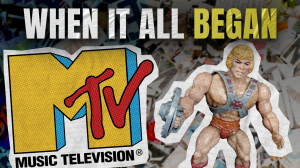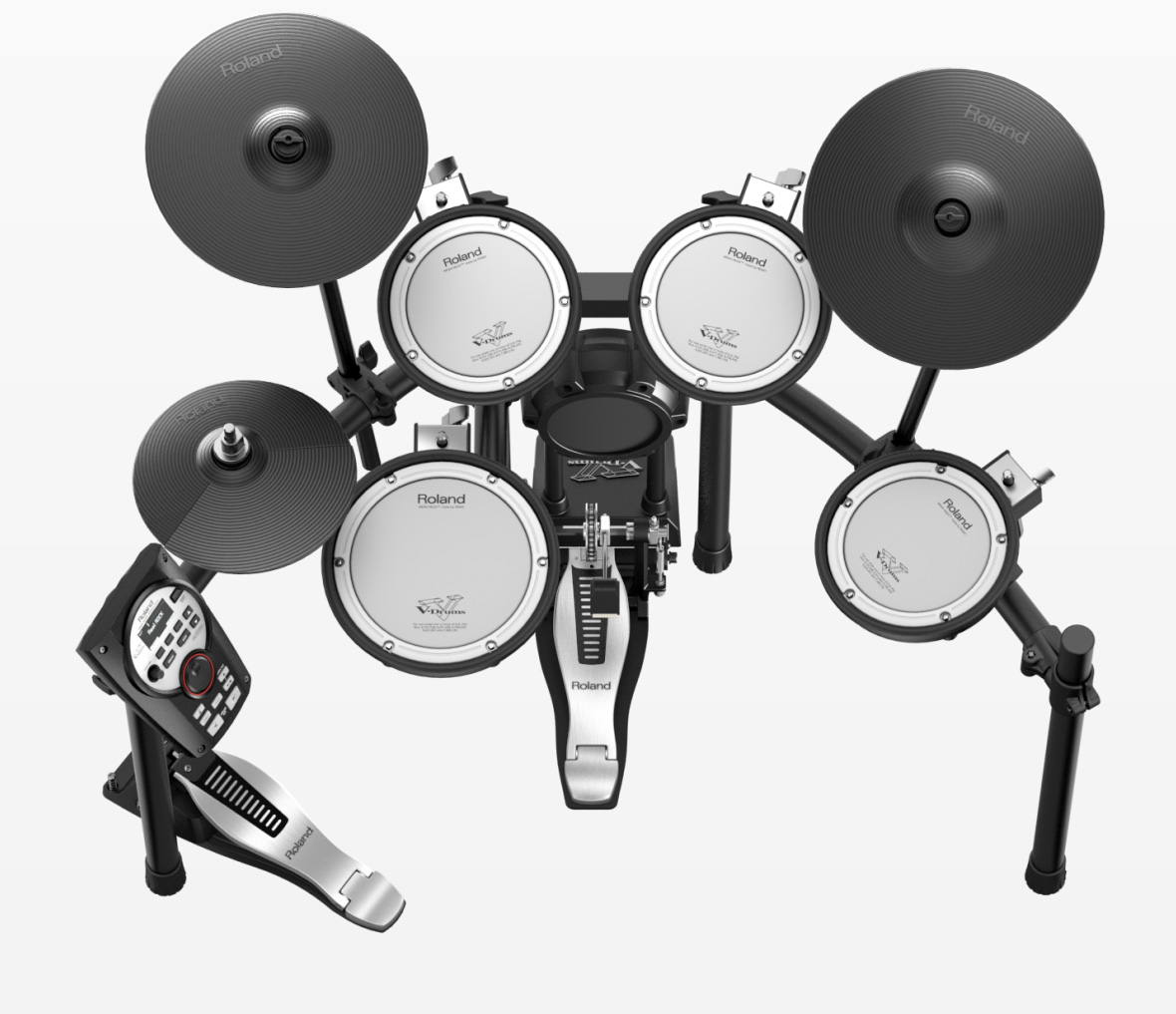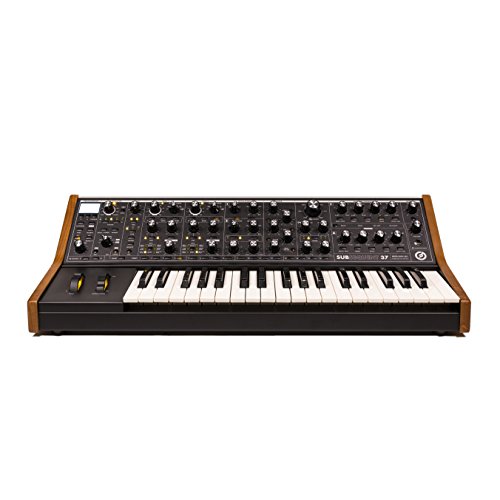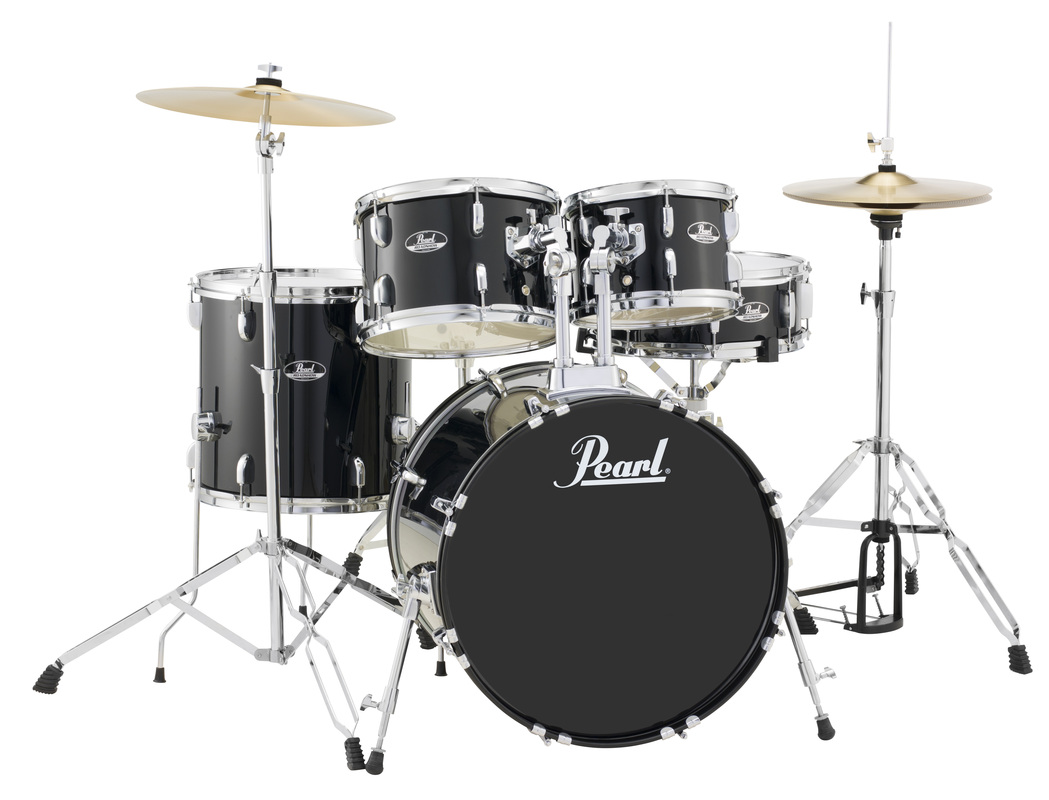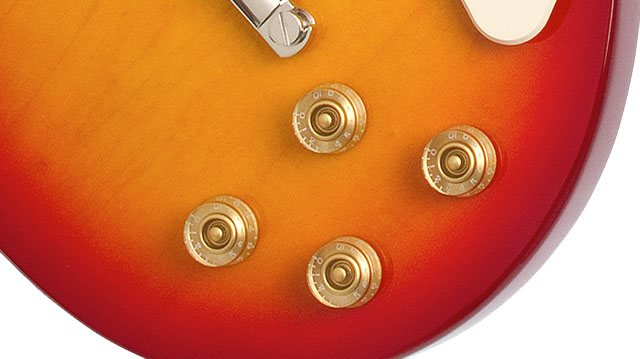
While Billy Corgan preps The Smashing Pumpkins’ 2025 tour, his metal influences reveal the blueprint behind alternative rock’s most distinctive sound. This explains how “Tonight, Tonight” carries Rainbow’s orchestral arrangements and “Cherub Rock” channels Sabbath’s primordial heaviness. In his recent Revolver interview “Smashing Pumpkins’ Billy Corgan Picks 11 Greatest Heavy-Metal Bands,” Corgan’s selections illuminate these connections, and notes how each band contributed essential elements to Corgan’s musical architecture. Understanding these influences unlocks the code behind some of the ’90s most enduring anthems.
11. Savatage
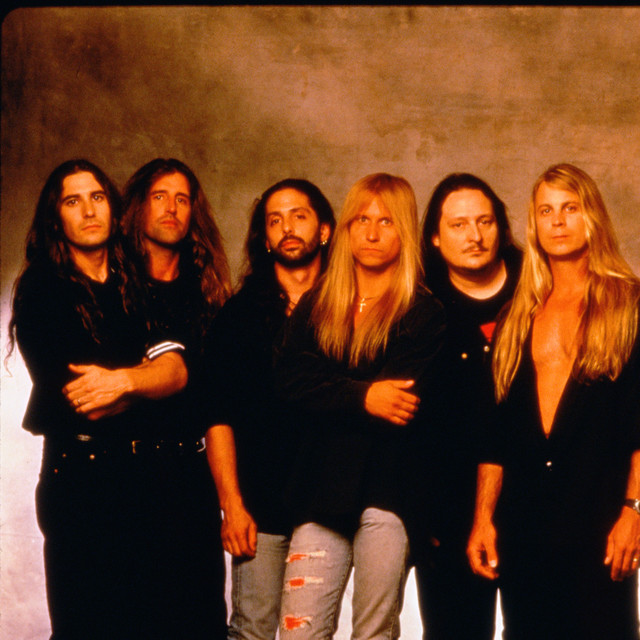
Savatage pioneered down-tuning techniques that became standard practice across alternative rock, influencing everything from grunge to nu-metal in ways most fans never realized. Their experimental approach influenced the Pumpkins’ willingness to push musical boundaries beyond conventional song structures, while their atmospheric elements appear throughout the band’s more introspective material like “Mayonaise” and “Spaceboy.”
The band achieved modest MTV success while consistently pushing boundaries that major labels couldn’t quite categorize. Their impact resonates through alternative music like background radiation from the Big Bang—subtle but fundamentally important to everything that followed in heavy music’s evolution.
10. Black Sabbath
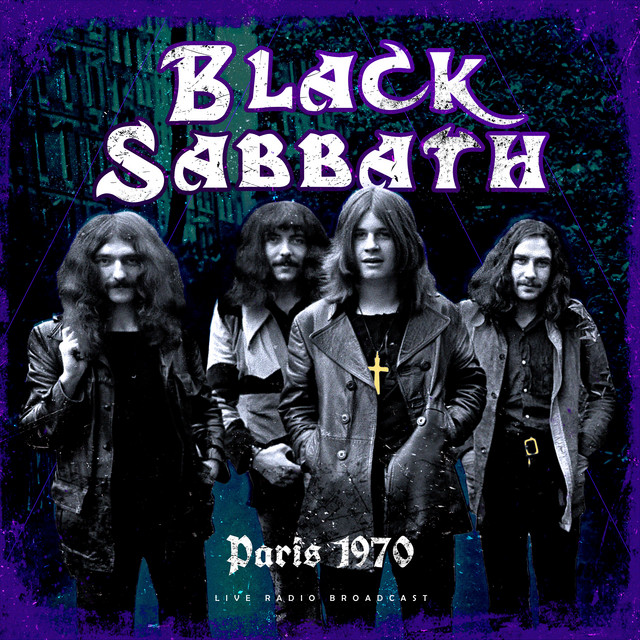
Corgan’s all-time favorite band literally invented heavy metal’s vocabulary from pure necessity and innovation that changed music forever. Tony Iommi’s distinctive riffing style runs through “Cherub Rock’s” DNA like genetic code, while Sabbath’s dark atmospheric approach permeates the entire Mellon Collie concept from beginning to end.
Corgan’s reverence for the foundational figures of metal—those who shaped the scene’s language and drama—shows how the genre’s culture has evolved and left its own lore, often surrounded by the biggest myths about heavy metal.
9. Dokken
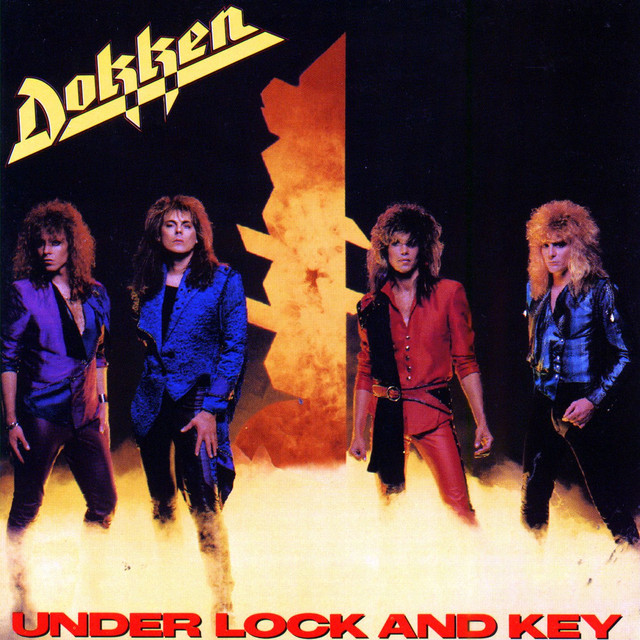
George Lynch’s technically impressive yet emotionally resonant solos influenced Corgan’s guitar philosophy in profound ways that continue echoing through modern alternative rock. Lynch’s approach to balancing virtuosity with songcraft appears throughout the Pumpkins catalog, particularly in the extended guitar passages of “Soma” and “Hummer” where technique serves emotional storytelling.
Lynch emerged from Eddie Van Halen’s considerable shadow to establish his own distinctive voice during the ’80s metal explosion. His unique blend of technical prowess and melodic sensibility provided a template for guitar work that enhanced rather than overshadowed the song’s emotional core.
8. Myrkur

Amalie Bruun’s atmospheric exploration represents metal’s continued evolution into darker, more experimental territories that push genre boundaries in unexpected directions. Corgan’s appreciation for her contemporary approach demonstrates how the genre’s darkest elements continue inspiring new generations of artists pushing boundaries in heavy music without abandoning its essential power.
Her journey from pop music to launching Myrkur anonymously created an aura of mystery that forced listeners to engage with the music before the musician. This approach resonates with Corgan’s own artistic philosophy of letting the music speak first, personalities second.
7. Rainbow
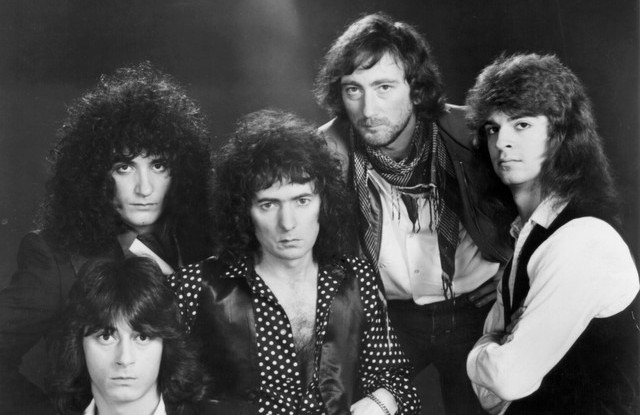
Ritchie Blackmore’s evolution from Deep Purple’s blues foundation to neoclassical complexity directly influenced Corgan’s approach to melody-driven compositions that never sacrifice emotional impact. Rainbow’s orchestral arrangements became the literal template for “Tonight, Tonight” and other Pumpkins symphonic moments, proving aggression and beauty aren’t mutually exclusive territories.
Blackmore’s guitar work demonstrated that technical virtuosity could serve the song rather than overshadow it. This philosophy appears throughout Siamese Dream, where intricate arrangements support rather than compete with the emotional core of each track.
6. Slayer
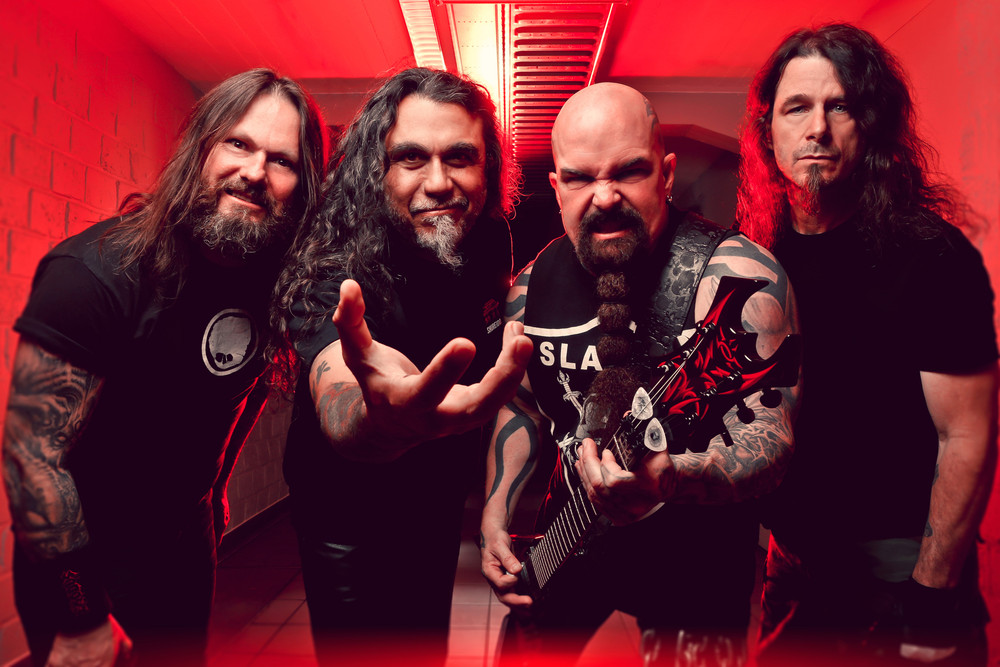
Slayer’s fusion of thrash precision and unfiltered chaos influenced alternative rock’s heavier side in ways that continue reverberating through modern music. Their breakneck intensity appears in Pumpkins’ more aggressive moments like “Bullet with Butterfly Wings,” while their cultural impact extends far beyond metal into the broader alternative movement Corgan helped define.
The band crafted sonic landscapes where speed and aggression collide like particles in a hadron collider, creating entirely new forms of heavy music. Their influence proves that genuine intensity transcends genre boundaries, seeping into culture’s broader consciousness through sheer force of innovation.
5. Accept
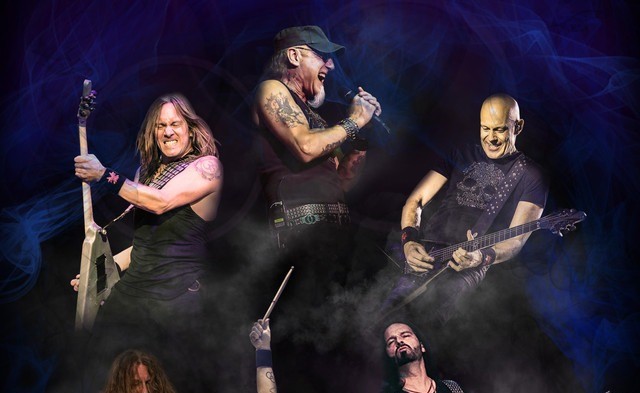
Accept perfected the alchemy of melody-meets-aggression that influenced countless alt-rock bands who followed their blueprint. Udo Dirkschneider’s distinctive vocal approach cuts through conventional singing like a buzz saw through velvet, while the band’s technical precision helped shape how Corgan balanced accessibility with complexity throughout Siamese Dream.
Their innovative guitar work and rhythm section laid groundwork for the alternative movement’s heavier moments. Accept proved that European metal could influence American alternative rock in unexpected ways, creating cross-continental pollination that enriched both genres significantly.
4. Judas Priest
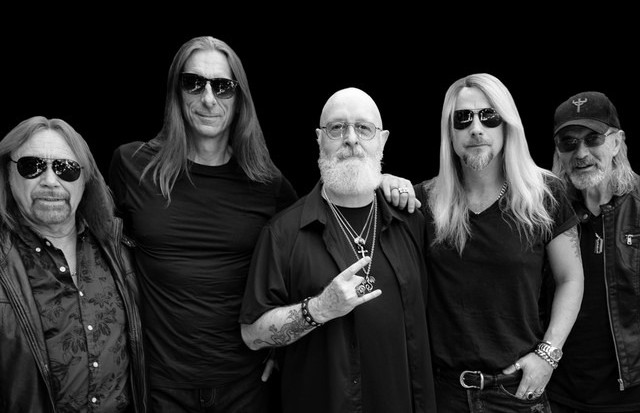
Priest wrote heavy metal’s foundational blueprint, bridging blues-based hard rock with technical complexity that would define the genre for decades. Their influence surfaces clearly in Corgan’s dual-guitar harmonies and strategic use of space between crushing riffs. Rob Halford’s operatic approach echoes through Billy’s own soaring vocal arrangements on tracks like “Disarm” and “Today.” The band’s ability to balance aggression with accessibility became a cornerstone of Corgan’s songwriting philosophy. Priest demonstrated that metal could be both technically proficient and emotionally resonant—never choosing sides in that false dichotomy.
3. Mercyful Fate
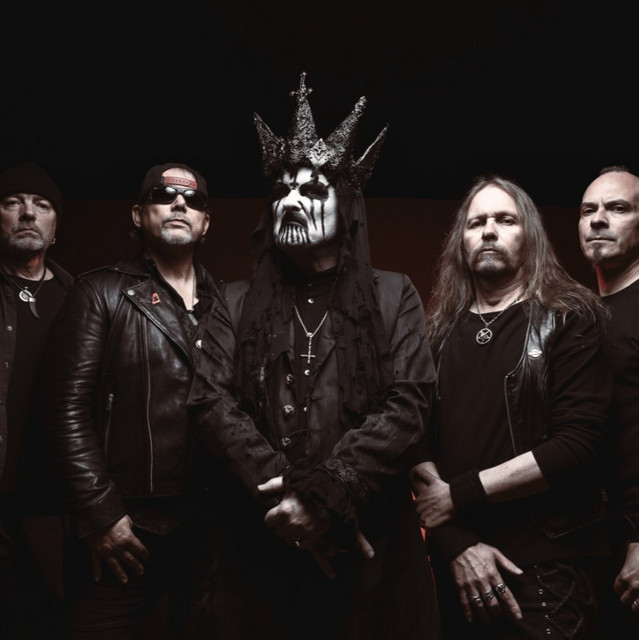
King Diamond’s theatrical vocals and the band’s progressive complexity influenced Corgan’s conceptual approach to albums as complete artistic statements rather than collections of individual songs. Their dark storytelling and intricate musical arrangements appear throughout Mellon Collie’s ambitious scope, proving metal’s theatrical elements could enhance rather than overwhelm sophisticated songcraft.
Mercyful Fate emerged with occult imagery that sparked equal measures of fear and fascination among listeners. Their ability to blend progressive rock complexity with metal’s raw power created a template for ambitious concept albums that influenced countless alternative and metal artists.
2. Pantera
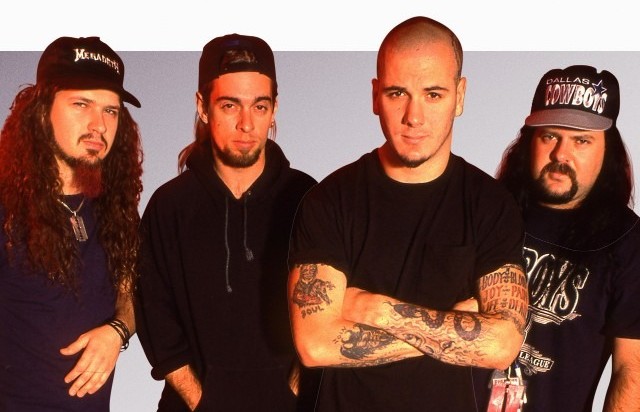
When Corgan selected Pantera’s crushing soundscapes for his NWA wrestling promotion, it made perfect sense. Both demand technical precision wrapped in raw power that hits like a freight train carrying lightning bolts. Dimebag Darrell’s groove-heavy approach appears throughout Pumpkins’ heavier moments, particularly in “Zero’s” relentless momentum and the crushing weight of “Bodies.”
Their ferocious riffs became the vocabulary for channeling pure aggression without losing musical sophistication. Pantera proved that heaviness didn’t require sacrificing melody or technical prowess—a lesson that clearly influenced Corgan’s dual-guitar arrangements.
1. Metallica
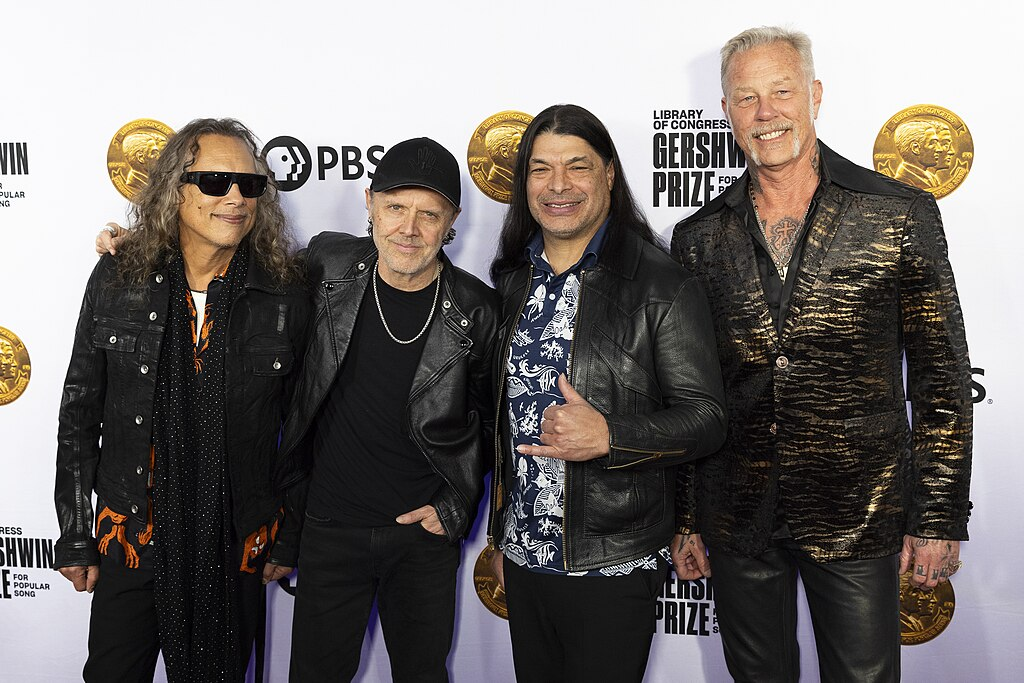
Having shared festival stages with Metallica throughout the decades, Corgan recognizes their role as metal’s most culturally significant band and alternative rock’s unlikely godfather. Their influence on alternative rock’s commercial breakthrough directly parallels the Pumpkins’ own journey from underground Chicago clubs to arena status, demonstrating how metal fundamentals could reach mainstream audiences without sacrificing artistic integrity.
Metallica’s reach, like the Smashing Pumpkins’, extends far beyond genre boundaries—both bands have albums among the most streamed rock albums of all time, a testament to their enduring influence in shaping modern music.






